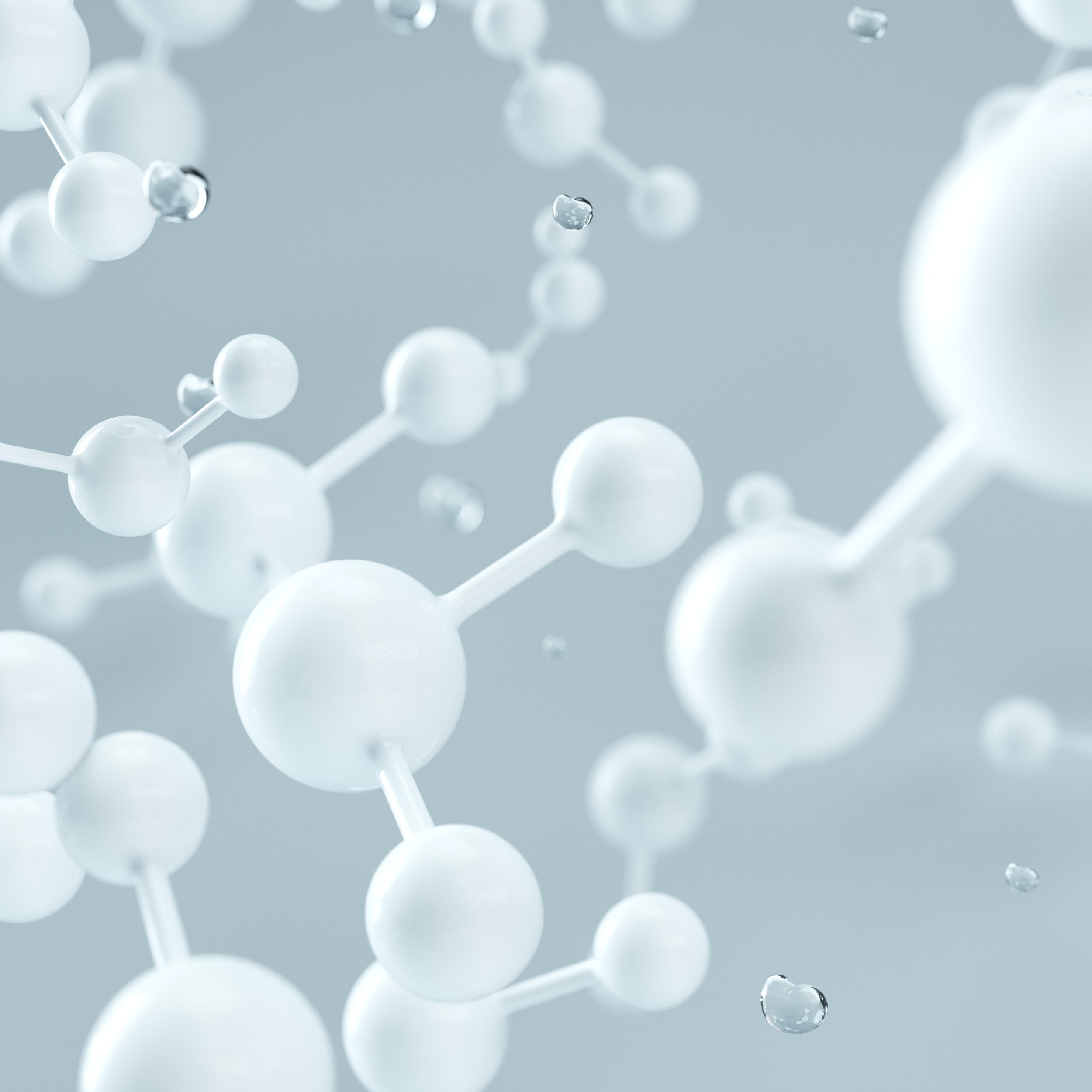
PRODUCT CODE: PBMC-MICE
PBMC Humanized Mice
Humanized model with mature T-cells.
Ideal for: Immunology, oncology, GvHD, infectious disease, and study targeting T-cells.
READ MORE ABOUT ITS APPLICATIONS IN
Peripheral Blood Mononuclear Cell (PBMC) humanized mice model is one of the commonly used animal model in immuno-oncology, infectious disease and graft rejection research. This model is generated through quick engraftment of adult PBMC in immunodeficient mice with or without irradiation.
This alternative humanized model appears to be a cost- and time-effective in vivo platform for investigation of adult immune cell populations such as effector and memory T-cells. Compared to CD34+ humanized mice, PBMC engrafted mice are more suitable for short term studies as mature T-cells tend to cause Graft versus Host Disease (GvHD) in mice and limit survival time to 4-10 weeks.
How is it Constructed?
PBMC humanized mice is constructed by intravenous injection of adult human PBMC to adult immunodeficient mice. Depending on research requirement, cell density of adult PBMCs, necessity of sublethal irradiation, engraftment levels and study period can be optimized. Typically, mice will be ready to use after 7-14 days post PBMC injection. Signs of GvHD symptoms such as body weight loss and fur loss is expected to be onset after 3-4 weeks post injection.
Humanization Process of PBMC Humanized Mice
For immuno-oncology study, immunodeficient mice can be inoculated with cancer cells for anti-cancer therapeutics evaluation. Depending on the growth rate of cancer cells, PBMCs can be injected before or cancer cell inoculation.
Humanization Process for PBMC co-engraftment tumor model
Sub-lethal irradiation has been found to enhance the engraftment rate of PBMC injection. However, it is generally not recommended at Invivocue due to the potential risk of expediting the onset of GvHD and subsequently this could limit the study window. The use of irradiation must be evaluated on a case-by-case basis, taking into account the potential benefits of increased engraftment against the risks associated with earlier GvHD development. Careful consideration and balancing of these factors is necessary.
Features
The engraftment of human CD45 (hCD45) cells, particularly CD3, 4 and 8 subsets, was successfully achieved post 14-28 days of human PBMC injection.
Adult immune-deficient mice were injected with human PBMCs from 3 individual donors via tail vein intravenously. (A) Peripheral blood human CD45 leukocytes reconstitution and (B) %body weight gain, CD3+, CD4+ and CD8+ T cells profiles was analysed at Day 14 and Day 28 post PBMC injection. Data presented are average ± SEM.
Figure: Characterisation of PBMC mice
| Features | HiMice | PBMC Mice |
|---|---|---|
| Source of stem cells | hCD34+ cord blood haemopoietic Stem cells | Human PBMC |
| Time needed for immune lineage reconstitution | 12-14 weeks | 2-4 weeks |
| Distribution of human immune cells subsets | Multiple human cell lineages including B cells, T cells, NK, Monocytes, and DCs | Predominantly mature T cells |
| Distribution of T cells subsets |
T cell subsets consisting of Naïve, central memory, effector memory and terminally differentiated effector memory (TEMRA) are present | Predominantly mature memory and effector T cells |
| Length of study | Long term (up to 1-1.5 years) | Short term (4-6 weeks) |
| Onset of GvHD | Less likely | Early onset starting from week 2 post PBMC engraftment |
| Chance of donor-to-donor variation | Possible, can make up 100 mice per donor | Higher, 5-10 mice per 50 million cells |
| Applications | Infectious disease, autoimmune disorders, immuno-oncology, metabolic disorders, vaccination | Restricted to study targeting T-cells e.g GvHD |

Given the complexity of human disease, in-depth knowledge of each model is key to success in pre-clinical studies. Invivocue offers tailor-made study designs to suit your research needs.

